Hematene: A sustainable 2D conductive platform for visible-light-driven photocatalytic ammonia decomposition
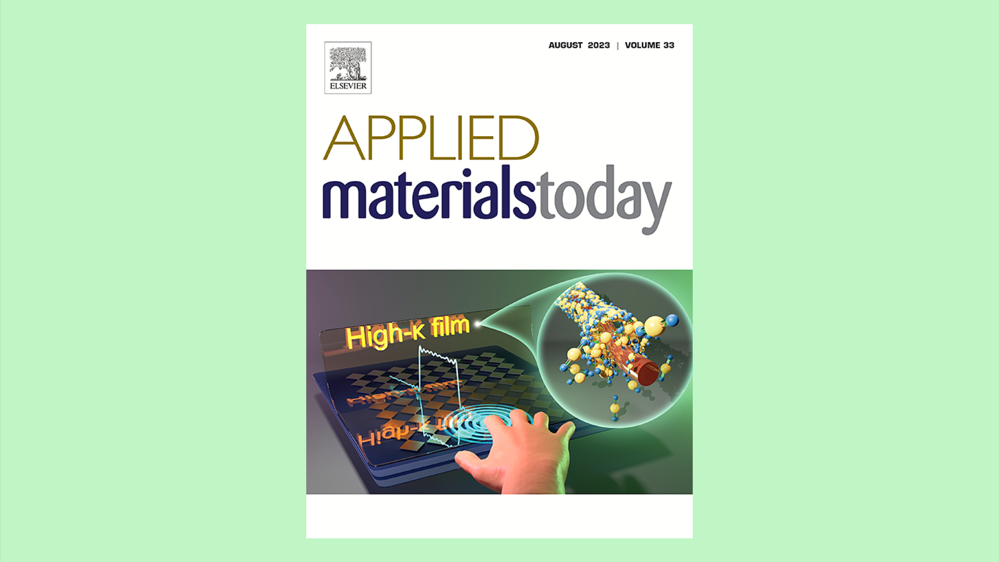
Researchers from Palacký University Olomouc and the Technical University of Ostrava have developed an eco-friendly method to make ultra-thin 2D hematene sheets, which could lead to better clean energy technology. All that with the assistance of our LiteScope.
Scientific articles
|
07. 08. 2023
|
by Advanced Materials Today
Product
Technology
Related articles
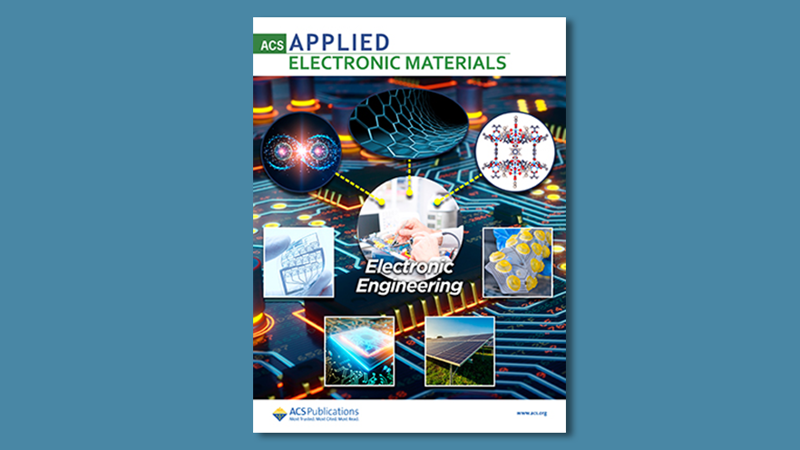
Scientific articles
|
17. 12. 2024
|
by ACS Applied Electronic Materials
Impact of Electron Irradiation on WS2 Nanotube Devices
Material Science
Technology
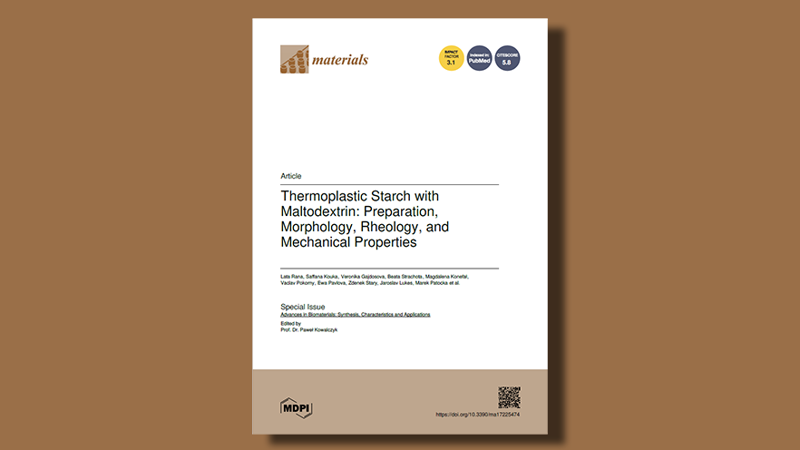
Scientific articles
|
18. 11. 2024
|
by Materials
Enhancing Thermoplastic Starch with Maltodextrin: Key Properties and Performance Insights
Material Science
Technology
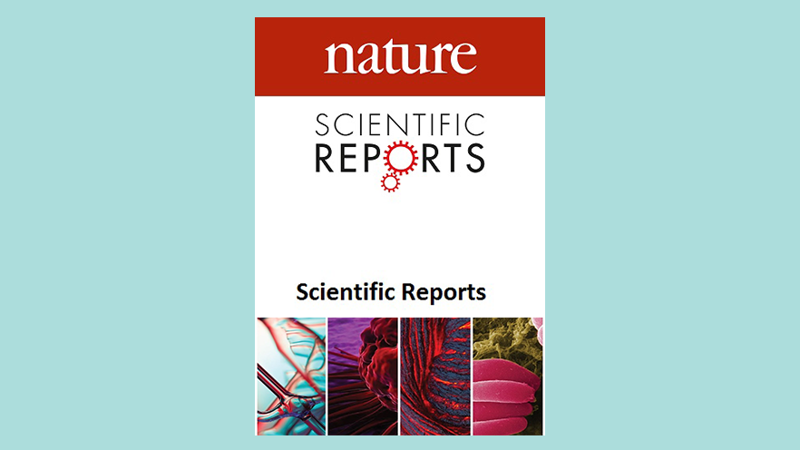
Scientific articles
|
12. 08. 2024
|
by Scientific Reports
3D Surface Roughness Measurement of Core–Shell Microparticles
Product
Technology
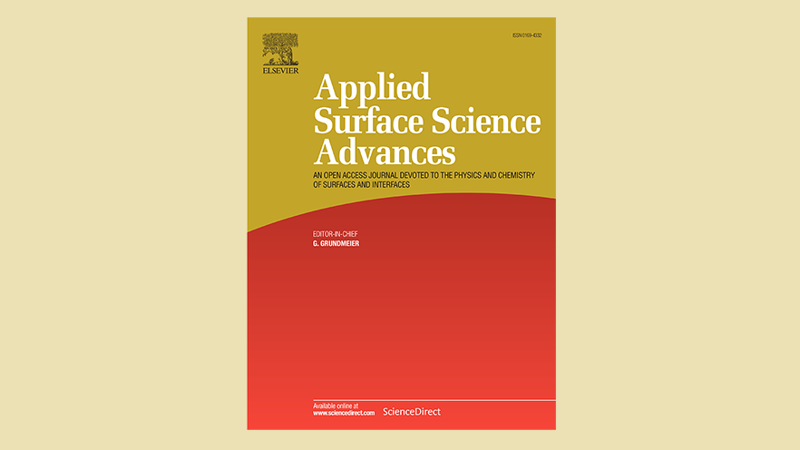
Scientific articles
|
25. 06. 2024
|
by Production Engineering
ZrN coating as a source for the synthesis of a new hybrid ceramic layer
Product
Technology
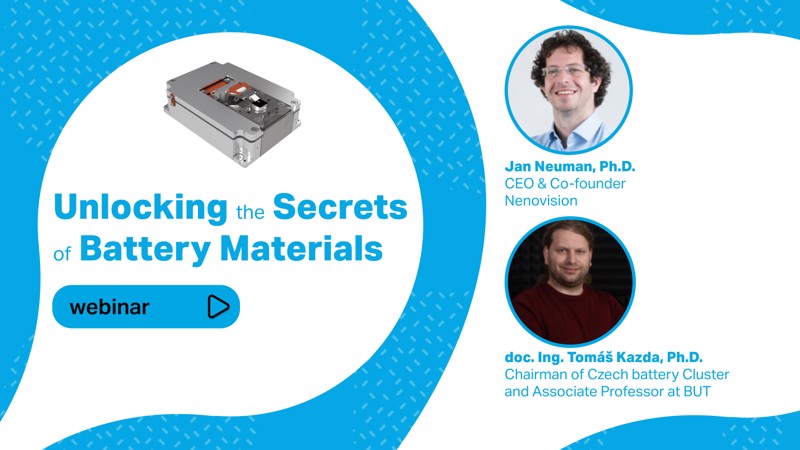
Webinars
|
12. 03. 2024
Unlocking the Secrets of Battery Materials: A Dive into AFM-in-SEM Characterization Webinar
Material Science
